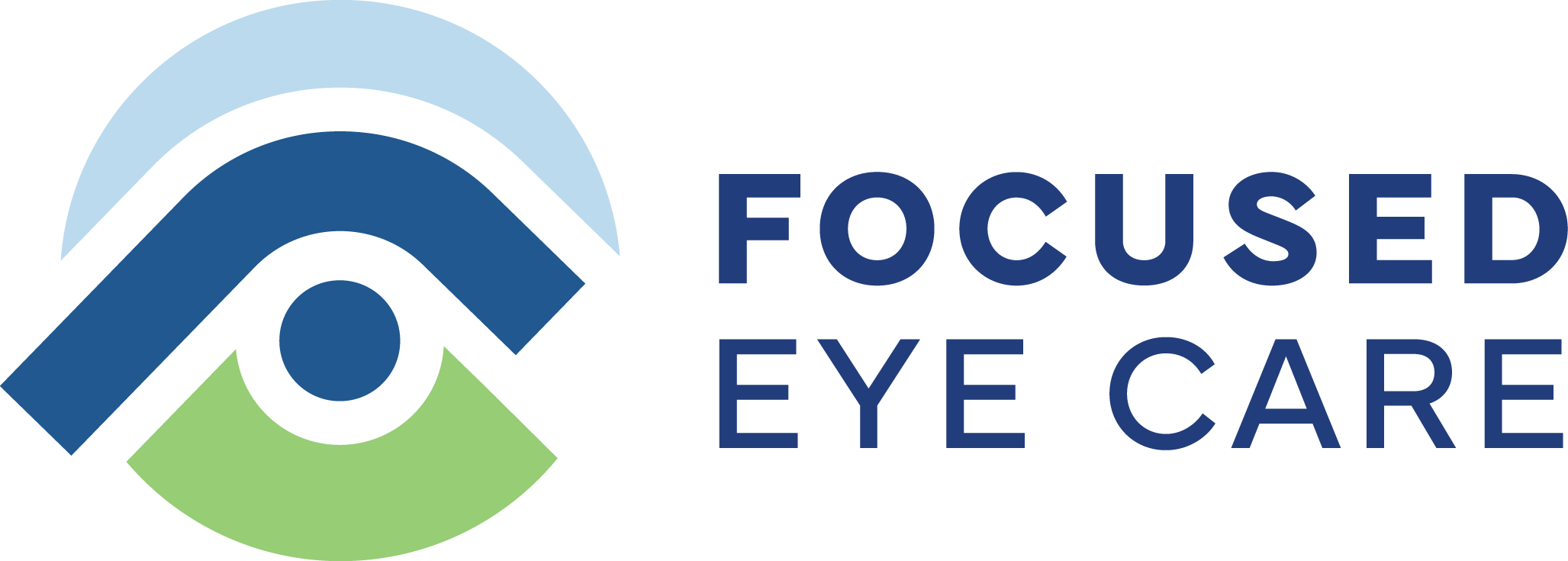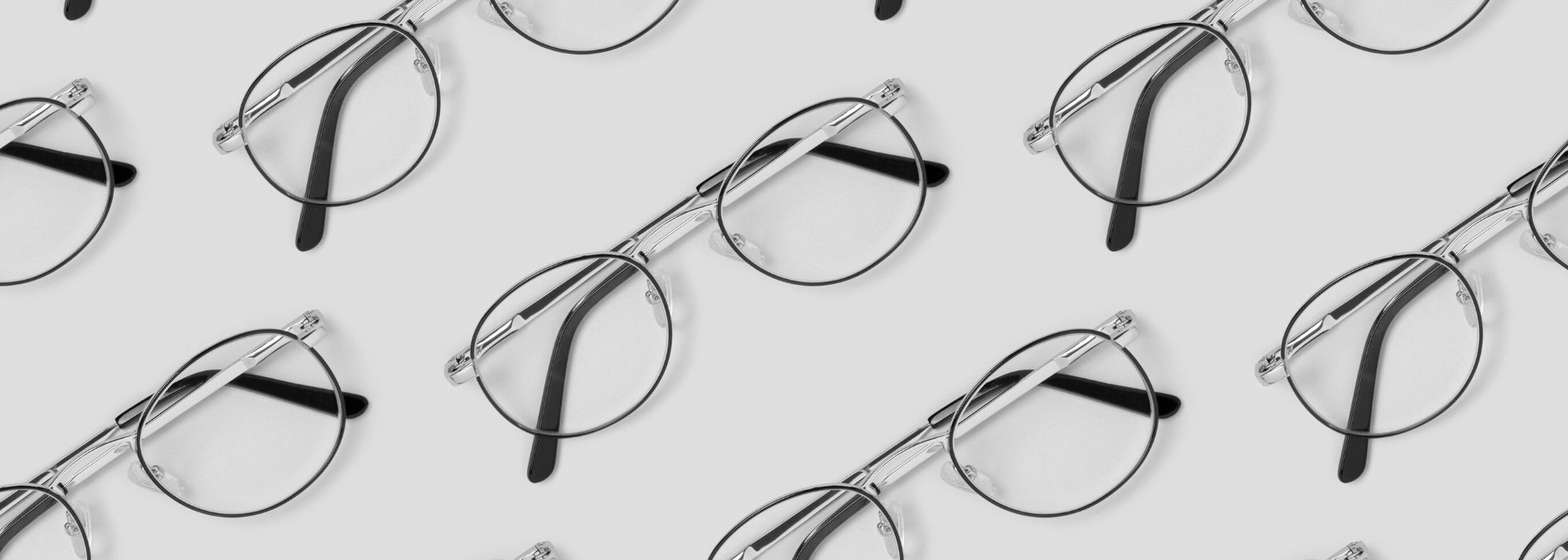Nashua Office: 603-882-0311 Milford Office: 603-673-1330 Call or Text
FAQs
The eye care professionals at Focused Eye Care want you to know as much as possible about caring for your eyesight.
By looking into your eyes, your Focused Eye Care doctor can tell a lot about not just your eye health and vision, but also about your general health. Regular eye exams are part of a healthy lifestyle. Below are common questions, and our answers, about eye health, vision care, and what to expect during a comprehensive eye exam at Focused Eye Care.
Advantages of contact lenses:
- They offer good peripheral (side) vision
- They reduce visual distortion that may occur with some eyeglasses
- They fit an active lifestyle
- They subjectively improve one’s appearance
Disadvantages of contact lenses:
- They require more daily care than eyeglasses
- Some types require a short adaptation period
- Contact lenses require regular monitoring to maintain proper eye health
When the pupil is functioning normally, shining a bright light into a person’s eyes causes the pupil to constrict. Using dilating drops allows your Focused Eye Care doctor to use the instruments necessary to evaluate the posterior portion of the eye, including the retina and optic nerve, without the pupil becoming smaller. In fact, the large, dilated pupil allows a much better view all the way to the “far corners” of the retina.
An infant should have his/her first eye exam at six months of age. Another exam should be scheduled at age three, and then again prior to your child entering first grade. If there is a history of early eye problems such as lazy eye or eye turn, more frequent exams are recommended.
The spots and floaters, as we generally refer to them, may be associated with migraines or may occasionally be a sign of retinal detachment. But they are usually caused by a shrinkage of the jelly that fills the back two-thirds of the eye. As this jelly (vitreous) shrinks two things occur. As light goes through the shrunken jelly, a shadow is formed on the back of the eye. This is what is commonly perceived as a floater. Secondly, as the jelly shrinks, it can pull or tug on the retina causing flashing lights. A thorough evaluation including a dilated examination is suggested to rule out any other serious conditions that also can cause spots and floaters.
The 20/200 visual measurement means that at 20 feet away you see a size 200 letter. The first number is the distance away that the vision is checked and the second number is the size of the letter that you can read. The larger the number the larger the letter size. If you are 20/200, it means that what you see at 20 ft. is what a person 20/20 can see at 200 ft.
Astigmatism is a vision condition in which light entering the eye is unable to be brought to a single focus, resulting in distorted vision at all distances. Astigmatism is not a disease, but rather, a vision condition that is quite common. It often occurs in conjunction with other refractive errors like nearsightedness and farsightedness and can be corrected with glasses or contact lenses.
Coordination of your eyes and their ability to work together as a team develops in early childhood. Failure of your eyes (or more precisely, your eye muscles) to coordinate together properly can lead to crossed-eyes. Excessive eye focusing effort in children who are farsighted can also result in crossed-eyes. Crossed-eyes also have a tendency to be hereditary.
Nearsightedness (myopia) is a vision condition in which you can usually see close or near objects clearly, but cannot see distant ones as clearly.
Farsightedness (hyperopia) is a vision condition in which distant objects are usually seen clearly, but close ones appear blurred.
Many individuals who work at a computer experience Computer Vision Syndrome or CVS. However, based on current evidence it is unlikely that the use of computers causes permanent changes or damage to the eyes or visual system. Many of the potential eye and/or vision problems relating to computer use can be reduced or eliminated by appropriate adjustment and placement of the computer, proper workplace design and lighting control, and the use of special lens designs and coatings that eliminate computer eye strain.
Glaucoma is an eye disease in which the internal fluid pressure of your eye rises to a point that the optic nerve is damaged. The pressure that builds up is usually due to inadequate drainage of fluid normally produced in your eyes. Glaucoma is one of the leading causes of blindness in the U.S.
Cataracts usually develop slowly and without pain. Some indications that a cataract may be forming include blurred or hazy vision, decreased color perception, or the feeling of having a film over the eyes. A temporary improvement in distance or near vision may occur, and increased sensitivity to glare, especially at night, may be experienced. Cataracts usually develop in both eyes, but often at different rates.
Conjunctivitis is an inflammation of the conjunctiva, a thin, transparent layer covering the surface of the inner eyelid and a portion of the front of the eye. This condition appears in many forms, bacterial, viral, and allergic.
Dry eye occurs when your eyes do not produce enough tears or produce tears which do not have the proper chemical composition. Dry eye symptoms can result from the normal aging process, exposure to environmental conditions, problems with normal blinking or from medications such as antihistamines, oral contraceptives or antidepressants. Dry eye can also be symptomatic of general health problems such as rheumatoid arthritis and other collagen vascular diseases.
True “pink eye” is caused by infectious organisms, such as virus, bacteria or fungus that is contagious. However, “pink eye” is just one of many types of conjunctivitis. In any case, if you have any type of conjunctivitis, it is best to use good hygiene by washing hands regularly, not sharing towels, and trying not to touch or rub the eyes. If the condition persists for more than a few days it is time to seek medical help.
No matter what sunglasses styles or options you choose, you should insist that your sunglasses:
- Block out 99-100 percent of both UV-A and UV-B radiation
- Screen out 75-90 percent of visible light (fashion tinted lenses usually do not)
- Are perfectly matched in color and are free of distortion and imperfection
- Have lenses that are gray, green, or brown (not blue)
Because of the higher refractive index of water, light travels more slowly and is bent more in water than in air. The effect is that nearsighted persons wearing goggles underwater can see more clearly than in air.
The most common use of bifocals is for the treatment of presbyopia in individuals aged 40 and over. Whether or not a person has needed vision correction when younger, by the early to mid-forties, the ability to accommodate or focus the eyes has diminished. Bifocals allow the wearer to see clearly both at distance and near despite the reduced focusing ability. Bifocals may also be used to help align the eyes if a person tends to over-cross his or her eyes at near. Presbyopia can be treated with simple vision reading glasses, contact lenses, lined bifocals and no-line progressive addition lenses.
Many children who need vision correction will have signs or symptoms that a parent or teacher may notice such as headache, squinting or having difficulty in school. However, there are many cases where there will be no signs or symptoms. The only way these cases will be uncovered is by a comprehensive eye and vision examination. We recommend that all children have a complete vision examination before entering school or when experiencing difficulties in school.
Vision problems can and often do interfere with learning. People at risk for learning-related vision problems should be evaluated by an optometrist who provides diagnostic and management services in this area. Prompt remediation of learning-related vision problems enhances the ability of children and adults to perform to their full potential. People with learning problems often require help from many disciplines to meet the learning challenges they face. Optometric intervention constitutes one aspect of the multidisciplinary management approach required to prepare the individual for learning success.
Yes. Changes to the retina, optic nerve and blood vessels can indicate the presence of eye-related diseases like glaucoma and cataracts, and more general health problems like diabetes and hypertension. If you ask your doctor for our Optos® wellness scan, it can help him or her to discover even more potential problems with your general health.
Yes. Resources to treat glaucoma, diabetes and many eye conditions are available. Often, your Focused Eye Care doctor can treat these conditions, or he or she can refer you to the appropriate specialist.
Not necessarily. Eyes change with age just like the body does. That is why different age groups and situations require different examination schedules. Your Focused Eye Care doctor may recommend more frequent visits for patients with specific problems or risk factors. People who currently wear contacts or glasses should have their eyes checked once a year.
Yes. In addition to a dilated eye exam, a comprehensive eye exam includes tests for visual acuity, eye muscle movements and balance testing, pupil tests, visual fields and prescriptions for eyeglasses and contact lenses.
Medicare allows medically-prescribed eye exams for patients with diabetes, glaucoma and other conditions, as long as the annual deductible has been met. Medicare, however, does not cover the expenses of a refractive or routine eye exam.
No. A driver’s vision test looks for aspects of visual acuity and visual fields. However, it does not look for ocular health, eye muscle movements and eye balance. A driver’s vision test cannot be considered an adequate substitute for a comprehensive eye exam.
A pupil can take hours to return to normal size after dilation. You should bring sunglasses to any eye exam that involves pupil dilation.
Yes. Exposure to bright light, while the pupil is dilated, can cause retinal burning. Patients often feel more comfortable wearing dark sunglasses after a comprehensive eye exam, until the pupil returns to its normal size.
There can be minor ones, especially if we dilate your pupils, which will make them more sensitive to light for some period of time after the exam. Otherwise, comprehensive eye exams are relatively painless and pose minimal risk to eye or vision health. Optometrists should be alerted to allergies and medications being used by a patient prior to a comprehensive eye exam.
Over a third of all those with diabetes do not know that they have the disease. Many other serious eye diseases, like glaucoma, do not have many perceptible symptoms and cause irreversible damage to vision and overall health. A comprehensive, dilated eye exam allows your Focused Eye Care doctor to look deep into your eyes, and screen for these serious diseases. Proper diagnosis and treatment can often preserve vision.
Have more questions? Make an appointment to come see one of the highly-skilled eye doctors at Focused Eye Care.

